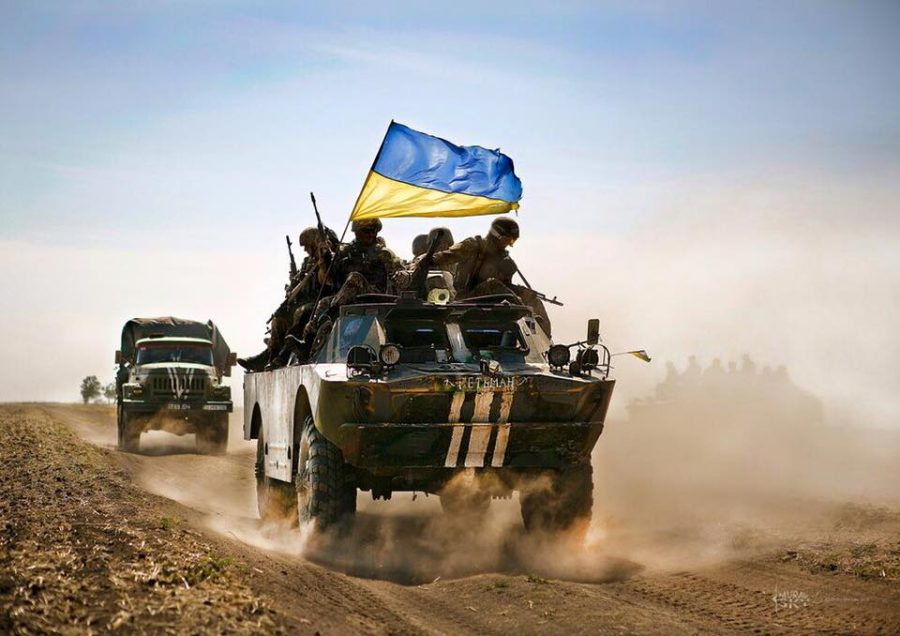The Athletic Department bought two new treadmills, an indoor batting cage and a section of bleachers this fall.
These purchases were made with money collected from Student Activity Fee. This fee is built into the tuition that all students have to pay.
The money is distributed by the Student Life Committee. Ruth Garvey-Nix, vice chancellor of Student Affairs and chair of the SLC, said these decisions were made in the spring.
“We allocated the money to eligible groups or organizations on campus,” she said. “We made recommendations to be approved by the chancellor. Afterward the board of trustees votes on all campus budgets, not just ours.”
The fee is based on credit hours. Each student pays $5 per credit hour up to 12 credit hours. That means someone taking 15 credit hours would still pay the same rate as someone taking 12 credit hours.
Garvey-Nix said there are 6,482 students this fall, all of whom help pay the fee. This is an increase of 241 students from last year, so the revenue from the fee is greater.
The SLC projected the revenue from the activity fee to be around $643,095.
The full breakdown is available at http://www.ius.edu/StudentAffairs/activityfee.cfm.

Some dispute how the money is distributed to groups.
Allison May, business sophomore, said Athletics receives too much.
“Our school isn’t based on sports,” May said. “We need to promote more opportunities to make us feel like a campus. Other costs can be cut back because they better benefit the students, who pay the fee.”
Athletics receive 20.75 percent of the Student Activity Fee, which is $133,437. That does not include subgroups such as baseball or basketball. They each receive their own portion.
The total for Athletics and all sports subgroups is 51.89 percent.
Pat Mrozowski, athletic director, said the fee helps pay for their costs, but not all of them.
“I think IUS is supportive of all athletics, but all sports fundraise to support that,” Mrozowski said. “We have operational expenses and we have to maintain equipment.”
Cheerleading is one athletic group that received less money this year. They lost $500 from last year, leaving them at $1,000 this year.
Mrozowski said these 18 cheerleaders have to fundraise for more uniforms.
“The coaches don’t object,” he said. “There are very important ways for money to be spent.”
The Student Government Association has also had complaints of the fee.
James Bonsall, SGA treasurer and business management sophomore, said the SGA has less funds for daycare and tutoring vouchers.
The SGA lost about $1,940 from the previous year’s budget, leaving them at $10,950.
Garvey-Nix said the SLC cut the SGA’s finances to focus them on their mission.
“It ties into merit questions,” she said. “It has decreased for a couple years in an effort to focus them. They were using their money for student programming activities. They should focus on giving students a voice.”
The Children’s Center received a $24,432 increase from the previous year, leaving them with a budget of $128,006 from the student activity fee this year.
Garvey-Nix said the SLC made this decision to compensate for salaries, which were below market value. She said the center’s operating costs come from students paying hourly rates for their children to attend the center.
Other areas are not as controversial.
Seuth Chaleunphonh, dean of Student Life, said events funded by the fee will be promoted better this year.
“We have a better planned out calendar,” he said. “We’ll be doing more press releases and marketing material out earlier so we can get a greater turnout at events.”
Valerie Allen, Student Programming Council recruitment coordinator, said events will be bigger this year.
The SPC lost $1,187 from the previous year, putting them at a total of $60,921 for this year.
Allen said they do have a big budget and can work around the decrease.
“It won’t make much of a difference,” she said. “We could’ve done better last year. We’re still bringing in more expensive events.”
Chaleunphonh said Campus Life has a larger plan and can improve.
“Our job is to demonstrate we’re using our funds to the fullest possible,” he said. “We can all improve and we need student input to do that.”
By JOSEPH DEVER
Staff Writer
jwdever@ius.edu






